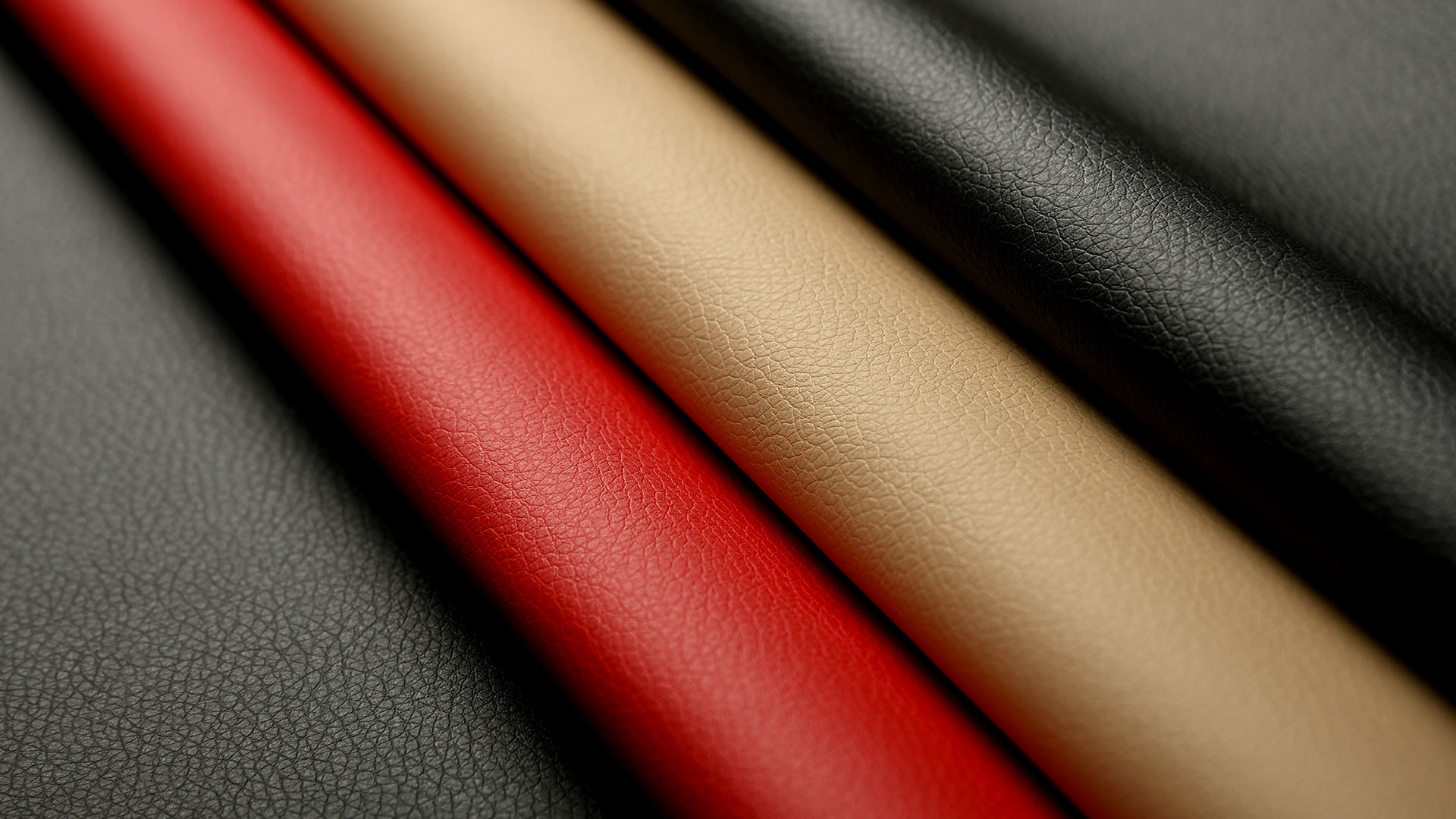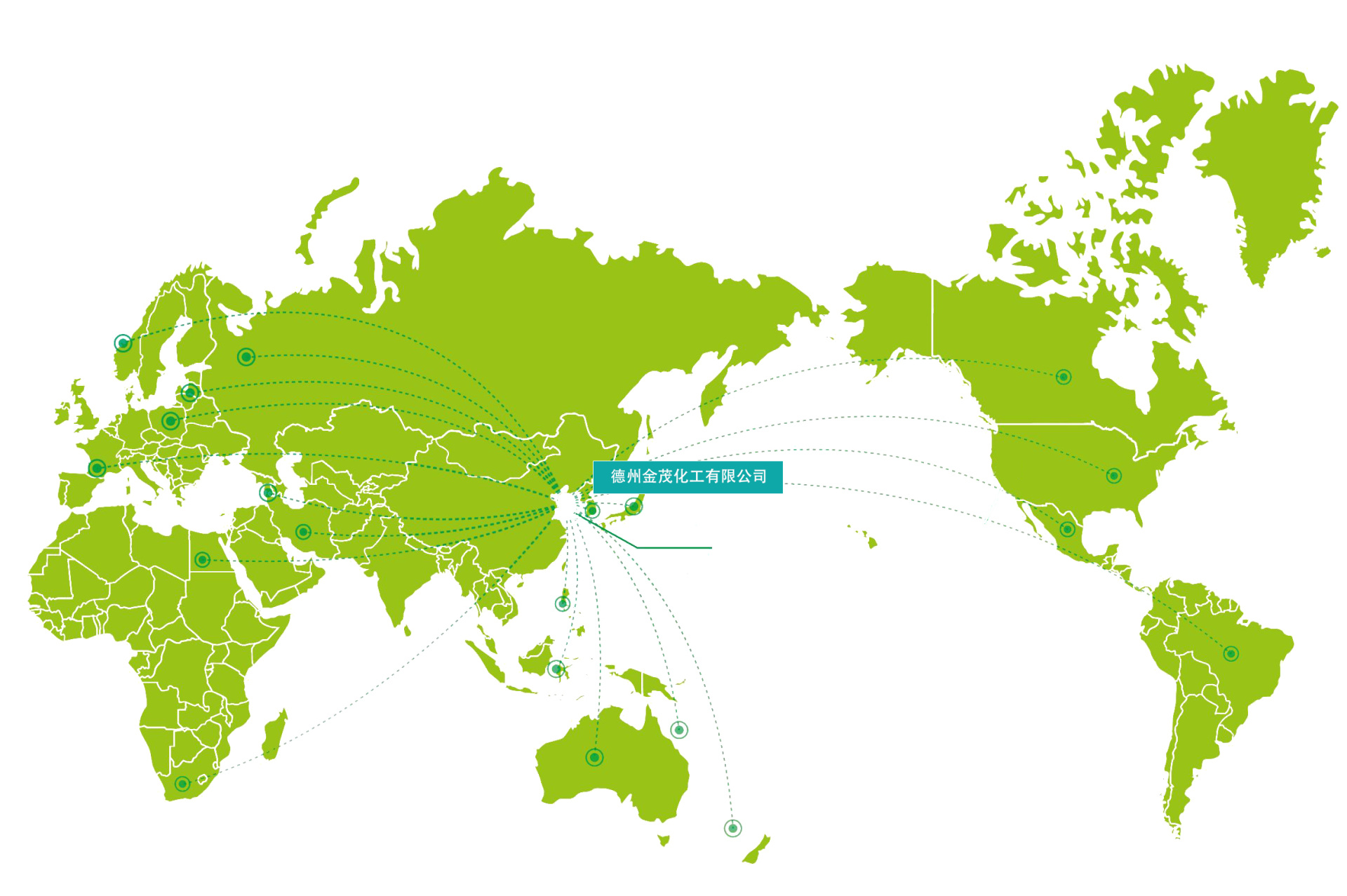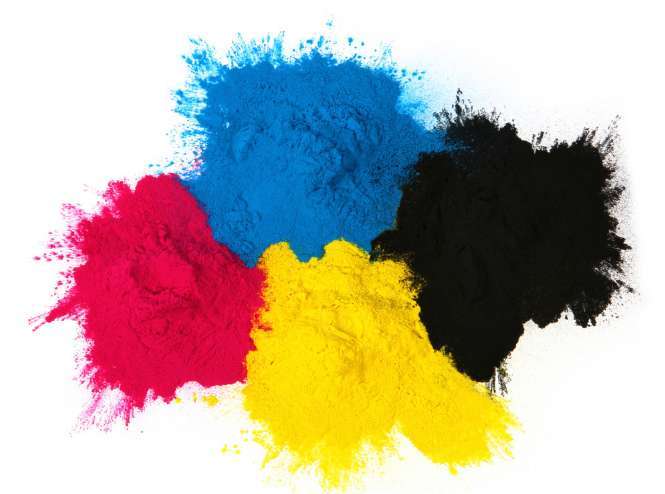A Brief Analysis of the Impact of Textile Dyes on Color Fastness
Textile dyes are dyes used for dyeing textiles. They can be classified into acid, cationic, direct, disperse, azo, reactive, sulfur, and reductive dyes based on their properties and application methods. Different dyes have different affinities for different fibers, which also determines that different fibers require corresponding dyes.
1. Acidic
Dyes contain acidic groups (also known as anionic dyes) in their molecular structure, which combine with the amino groups and ions of protein and fiber molecules, suitable for acidic, weakly acidic, and neutral conditions. These dyes are water-soluble and mainly used for dyeing wool, silk, polyester, etc. They are characterized by bright colors, but have low wash fastness and light fastness, with significant differences based on variety, excellent dry cleaning fastness, and are widely used for natural dyeing.
2. Cationic
isa type of textile dye that is soluble in water. In its cationic state, it dissolves in water, ionizing in the solution to produce colored ions with a positive charge. Cationic textile dyes can combine with the acidic components of the third monomer in the fabric to dye the fibers. They are suitable for acrylic, polyester, cellulose, and protein fibers. Their characteristics include bright colors, suitable for artificial silk, but the wash and light fastness decrease when used on natural cellulose and protein fabrics.3. Direct
are dyes that can be boiled in neutral and weakly binding media without the need for a mordant to assist in dyeing. They bond with cotton fibers through hydrogen bonding and van der Waals forces, and can be directly dyed onto various cellulose fiber fabrics. The wash fastness is relatively low, and the light fastness varies, but the wash fastness can be significantly improved after modification.
4. Disperse
are textile dyes with relatively small molecules that do not have water-soluble groups in their structure. During dyeing, dispersants must be used to evenly disperse the dye in the dye solution to dye fibers such as polyester. Their main use is for dyeing polyester, acetate, and polyamide in chemical fibers, with a small amount of dyeing polypropylene (acrylic). Products dyed with disperse dyes have bright colors, good wash fastness, and are widely used.
5. Reactive
is a new type of water-soluble dye. The reactive molecules contain active groups that can react with the hydroxyl groups of cellulose and the amino groups in protein fibers. During dyeing, they form covalent bonds with the fibers, generating "dye-fiber" compounds. Most are used for cellulose fabrics, with few used for protein. Their characteristics include bright colors, good light, wash, and abrasion fastness. The colors are dark, mainly navy blue, black, and brown, with good light fastness and wash fastness, but poor chlorine bleaching fastness, and long-term storage can damage the fibers.
是一种新型水溶性染料,活性分子中含有能与纤维素的羟基和蛋白质纤维中的氨基反应的活性基团,染色时与纤维进行共价键,生成“染料-纤维”化合物。大部分用于纤维素织物,少用于蛋白质。其特点是色泽鲜艳,耐光、水洗、摩擦牢度好。颜色暗,主要是藏青色、黑色、棕色、耐光、内需洗涤度好,耐氯漂牢度差,长期存放织物会破坏纤维。
Latest developments







